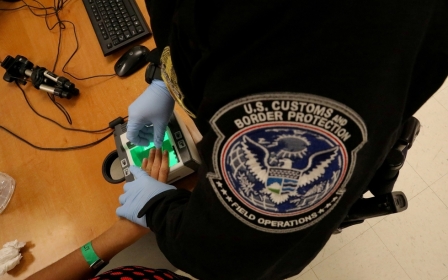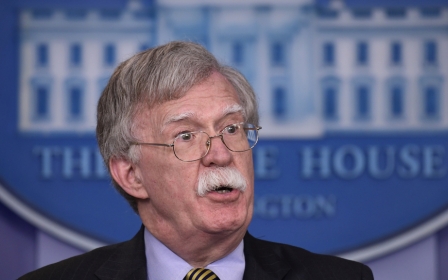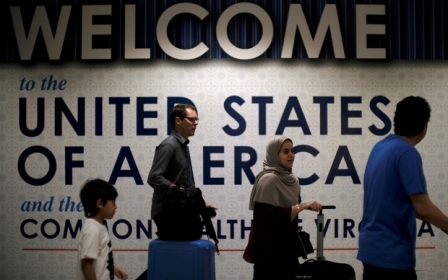Fraction of refugees to be admitted by US in 2019 will hail from Middle East
Few of the refugees the United States plans to admit next year will come from the Middle East, the White House said on Thursday.
Of a total 30,000 refugees the US plans to allow in during the 2019 fiscal year – itself a historical low – only 9,000 will come from the “Near East/South Asia” region, a White House news release said.
In addition, the US will admit 11,000 refugee applicants from Africa, which includes Egypt, Algeria, Tunisia, Libya, Morocco and Sudan.
In mid-September, the US put a cap of 30,000 refugees up for congressional approval.
"We proposed resettling up to 30,000 refugees under the new refugee ceiling, as well as processing more than 280,000 asylum seekers," Secretary of State Mike Pompeo said then, in an announcement at the State Department.
"These expansive figures continue the United States' long-standing record as the most generous nation in the world when it comes to protection-based immigration and assistance," he said.
The refugee ceiling was set last year at 45,000, the lowest level since 1980 when the modern refugee programme was established. The US is on track to admit only 22,000 refugees this year, about half the maximum allowed.
According to a Middle East Eye report in June, data from the State Department showed that only about 1,800 Muslim refugees were resettled in the US during the first half of the fiscal year. They accounted for 17 percent of the refugees admitted during that time, compared with 63 percent who were Christians.
Fewer than 50 Syrians, for example, had been admitted to the US as of 31 May, according to the State Department, despite the US being the largest funder of UN humanitarian efforts in Syria, providing about $8bn over the seven years of the conflict.
Officials at the State Department and the Pentagon initially supported maintaining the cap at 45,000, according to one former and one current official. It was unclear whether they changed their position as the debate proceeded, or if they failed to persuade the White House.
US President Donald Trump campaigned in 2016 on a promise that he would tighten restrictions on immigration, particularly from the Middle East, and his administration has sharply reduced refugee admissions through executive orders and closed-door decisions in the past year and a half.
Early in his presidency, Trump also implemented a highly restrictive and controversial policy that critics called the “Muslim ban”.
The current ban prohibits entry into the United States of most people from Iran, Libya, Somalia, Syria and Yemen. The Supreme Court allowed it to go largely into effect in December, while legal challenges continued, and in June it upheld Trump’s travel ban.
New MEE newsletter: Jerusalem Dispatch
Sign up to get the latest insights and analysis on Israel-Palestine, alongside Turkey Unpacked and other MEE newsletters
Middle East Eye delivers independent and unrivalled coverage and analysis of the Middle East, North Africa and beyond. To learn more about republishing this content and the associated fees, please fill out this form. More about MEE can be found here.




